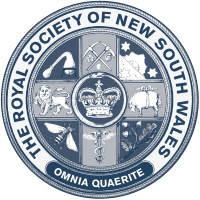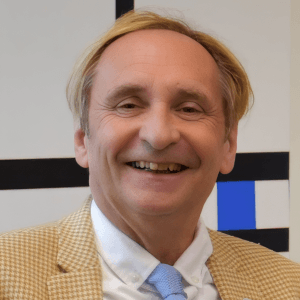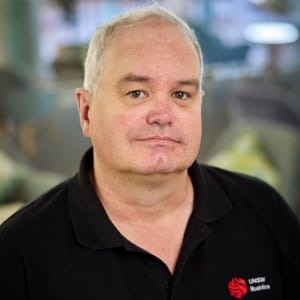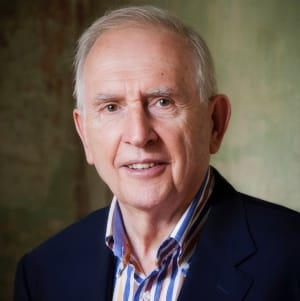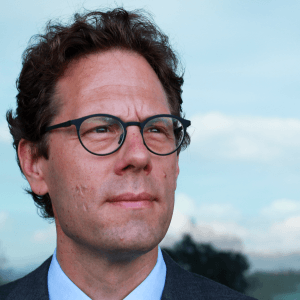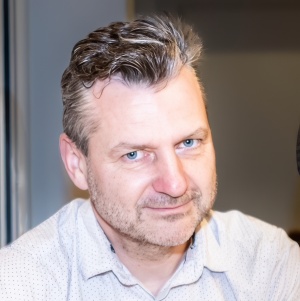“Alzheimer’s disease; the man, the discovery of the disease and
prospects for avoidance”
Dr Bruce Warren, Former Professor of Pathology, The University of NSW.
Wednesday, 6 August 2008, 6.30 for 7 pm
Conference Room 1, Darlington Centre, City Road
BIOGRAPHICAL NOTES
Dr Bruce Warren M.B. B.S. D.Phil. D.Sc (Oxford) was head of the Department of Anatomical Pathology at Prince Henry Hospital and Professor of Pathology in the University of New South Wales from 1980 to 1997. In these roles he developed an interest in multi-infarct dementia (i.e. vascular dementia) and in Alzheimer’s disease.
ABSTRACT
Lois Alzheimer was born on 14 June 1864. His father was a notary public in the Bavarian town of Markbeit. He attended several universities and received his medical degree in 1887 at the age of 23 from Wurzberg University. In 1894 Alzheimer married a banker’s widow, Cacilia Geisenheimer. His marriage to an heiress allowed him to concentrate on his research work. Following work in Frankfurt and Heidelberg, Alzheimer moved to the Munich University Psychiatric Clinic in 1903. In 1908 Alzheimer was appointed Associate Professor and Director of the clinic’s Anatomical Pathology laboratory. In 1912 King Wilhelm II of Prussia signed the certificate of appointment of Dr. Alzheimer to a full Professorship of psychiatry at the University of Breslau (now Wroclaw, Poland). His health deteriorated and he died aged 51 as a result of cardiac failure on 15 December 1915.
Two important factors in Alzheimer’s discovery of this disease were his friendship with Franz Nissl and the mentorship provided to him by Professor Emil Kraepelin. Nissl developed stains for thin sections of the brain so that structures in the brain could be observed under the microscope. Together they conducted an extensive investigation of the pathology of the nervous system, particularly the cerebral cortex.
The first case of Alzheimer’s disease was a female, August Deter, who Alzheimer met in 1901 when she was admitted to the Institute in Frankfurt at the age of 51. She died in 1906 at the time Alzheimer was working in Munich. His former chief gave him access to both clinical records and the brain. Her symptoms of disorientation, impaired memory and difficulties reading and writing became more marked and there was a gradual loss of higher mental functions. His examination of the brain revealed thinned cerebral cortex and, under the microscope, neuritic plaques and neurofibrillary tangles. The second case was a 56-year-old man, Johann F., who was admitted to the Munich clinic in 1907 and died in 1910. He showed cerebral changes similar to the first case. Emil Kraepelin named this illness Alzheimer’s disease.
The recommendations from the recently convened panel of eminent geriatricians and psychogeriatricians led by Associate Professor Michael Woodward will be outlined. The panel surveyed the literature to identify dementia risk reduction strategies.
Copies of the Alzheimers Australia’s brochure “Think or Sink” will be distributed at the lecture. These contain recommendations from the panel of geriatricians and psychogeriatricians, identifying dementia risk-reduction strategies.
– For the brain: when the brain is active the brain is protected.
– For the body: exercise regularly.
– For the diet: a balanced diet promotes brain health.
– For the social life: an active social life is good for the brain.
– Habits: stop smoking and don’t abuse alcohol.
